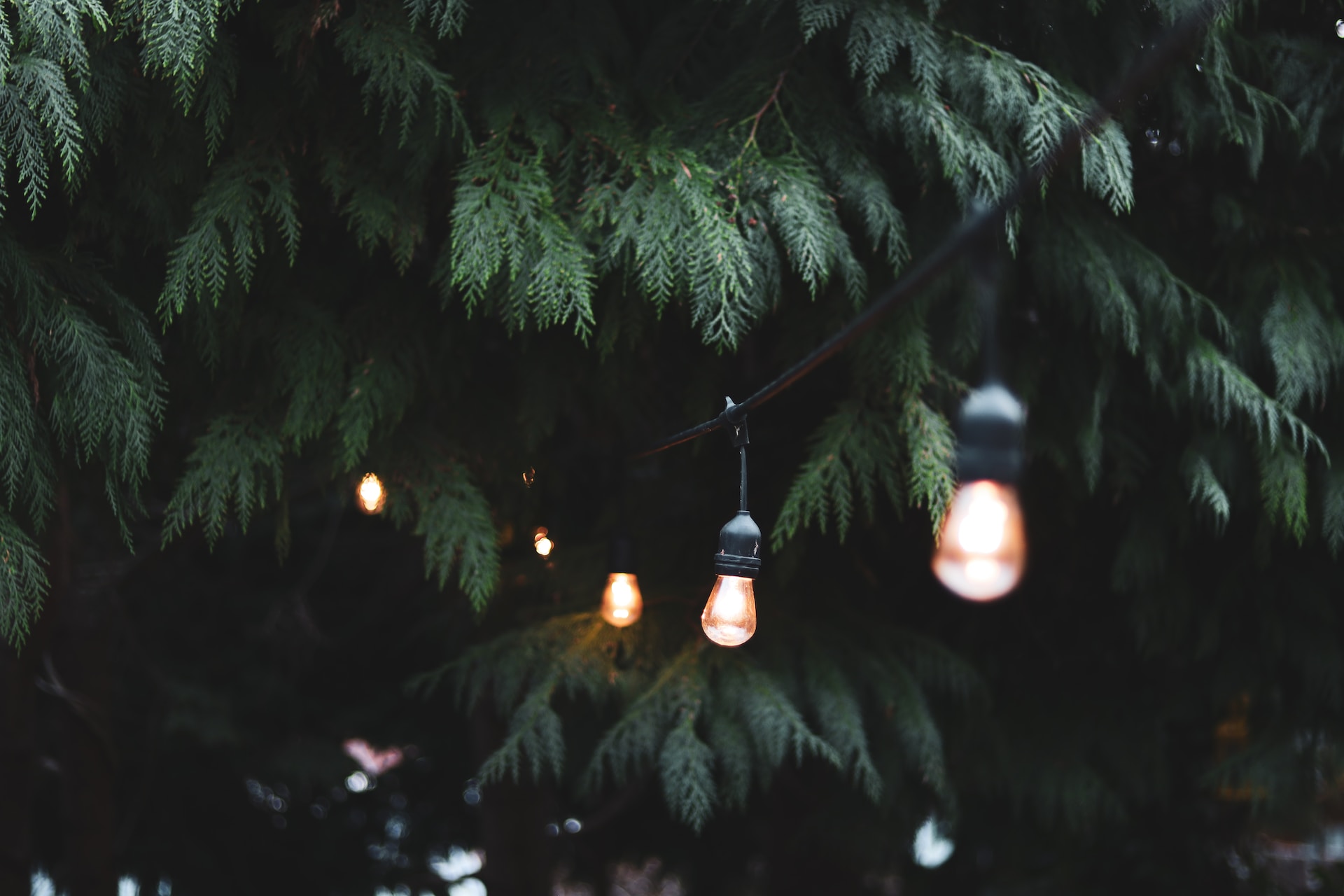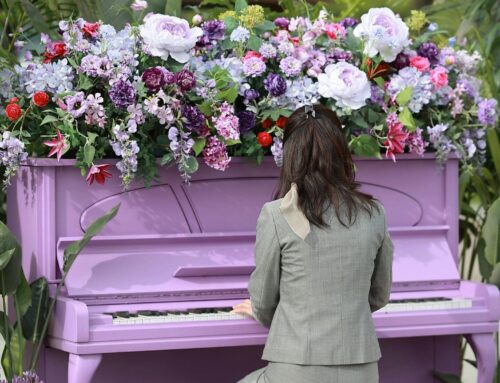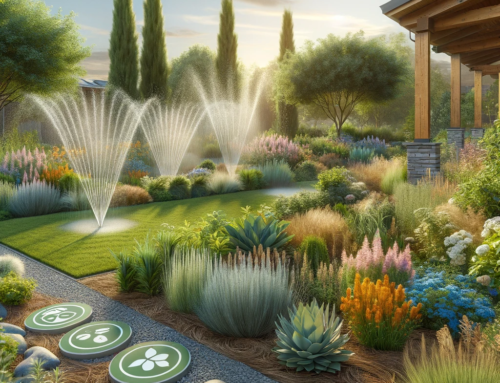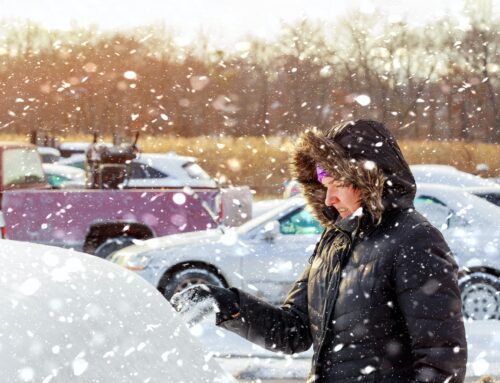A well-lit landscape not only enhances the beauty of your property but also provides an added layer of security to your home. However, one of the most common questions homeowners ask when planning their landscape lighting is, “How many landscape lights do I need?” In this blog section, we will explore the factors to consider when determining the number of landscape lights required, along with some tips and guidelines to help you make an informed decision.
Factors to Consider When Determining the Number of Landscape Lights
1. Size and Layout of Your Property
The size and layout of your property play a significant role in determining the number of landscape lights you will need. A larger property with more extensive landscaping will require more lights to achieve the desired illumination. The layout of your property, including the location of pathways, trees, and other landscape features, will also impact the number of lights needed.
2. Purpose of the Lighting
Before you start planning your landscape lighting, it’s essential to identify its primary purpose. Are you aiming to create a visually appealing ambiance, or is your primary focus on security and safety? Knowing your goals will help you decide on the type and number of lights required.
3. Type of Lighting
There are various types of landscape lighting, including path lights, spotlights, floodlights, and accent lights. The number of lights needed will depend on your chosen lighting. For instance, path lights are generally spaced closer together than spotlights, so you may require more path lights to cover the same area.
Guidelines for Determining the Number of Landscape Lights
While there is no one-size-fits-all answer to the question of how many landscape lights you need, the following guidelines can help you make an informed decision:
1. Path Lighting
Path lights should be spaced approximately 8-10 feet apart to provide adequate illumination for safe navigation. However, this spacing may vary depending on the specific path light model and the intensity of the light it emits. It’s essential to balance providing sufficient light for safety and avoiding an overly lit, runway-like appearance.
2. Spotlights and Floodlights
The number of spotlights and floodlights needed will depend on the size and density of the area you want to illuminate. Generally, one spotlight can adequately illuminate a small tree or shrub, while larger trees or more expansive areas may require multiple lights. Floodlights are typically used for broader coverage and may require fewer fixtures to achieve the desired illumination.
3. Layering Light
To create a visually appealing and balanced landscape lighting design, consider layering different types of light. This means combining ambient, task, and accent lighting to achieve the desired effect. By layering light, you can create depth and interest while avoiding over-lighting or under-lighting certain areas.
Conclusion
The number of landscape lights you need depends on various factors, such as the size and layout of your property, the purpose of the lighting, the type of lighting, and the lighting techniques you plan to use. By carefully considering these factors and following the guidelines provided, you can create a beautiful, functional, and secure landscape lighting design that enhances the beauty and value of your property.
Are you looking to transform your outdoor space into a beautiful oasis with landscape lighting? Look no further! Harris & Company Landscaping offers a full suite of landscape design and architecture services to residents and businesses of Bellingham, MA. Our team of expert landscape designers in Bellingham is dedicated to bringing your vision to life. Contact us today to schedule a consultation and start planning your dream landscape!





